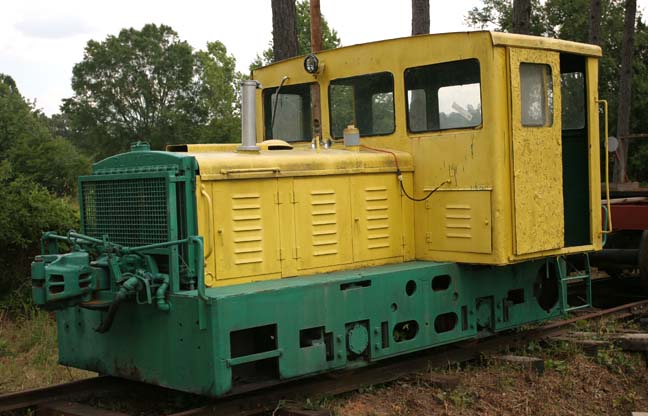aryadwi_ef641030
Wait for 5 minutes
Many of those sugarcane railway lines are performing street run, due to the fact that the field lines were constructed on the same right-of-way with public roads to save cost (especially those built in the Dutch East Indies period). And while most of them are currently employing diesel switchers, some of them are still employing steamers just like in the past days. 
=====ADDITION=====
Just got another thing that could be posted here:
https://www.google.com/maps/@-7.474...4!1sBuugY2D3RbU3MPi5wjs3tQ!2e0!7i16384!8i8192
This is the photograph of fuel train that served Maos - Tegal corridor, seen here hauled by CC206 series locomotive #CC206 61 (2010-style: CC206 13 61) of Purwokerto locomotive depot. While most of tank cars used by that train were labeled as "specially used for Maos - Tegal fuel train", some of Surabaya-based tank cars used by Benteng - Malang Kota Lama fuel trains were also coupled there.
=====ADDITION=====
Just got another thing that could be posted here:
https://www.google.com/maps/@-7.474...4!1sBuugY2D3RbU3MPi5wjs3tQ!2e0!7i16384!8i8192
This is the photograph of fuel train that served Maos - Tegal corridor, seen here hauled by CC206 series locomotive #CC206 61 (2010-style: CC206 13 61) of Purwokerto locomotive depot. While most of tank cars used by that train were labeled as "specially used for Maos - Tegal fuel train", some of Surabaya-based tank cars used by Benteng - Malang Kota Lama fuel trains were also coupled there.
Last edited:

